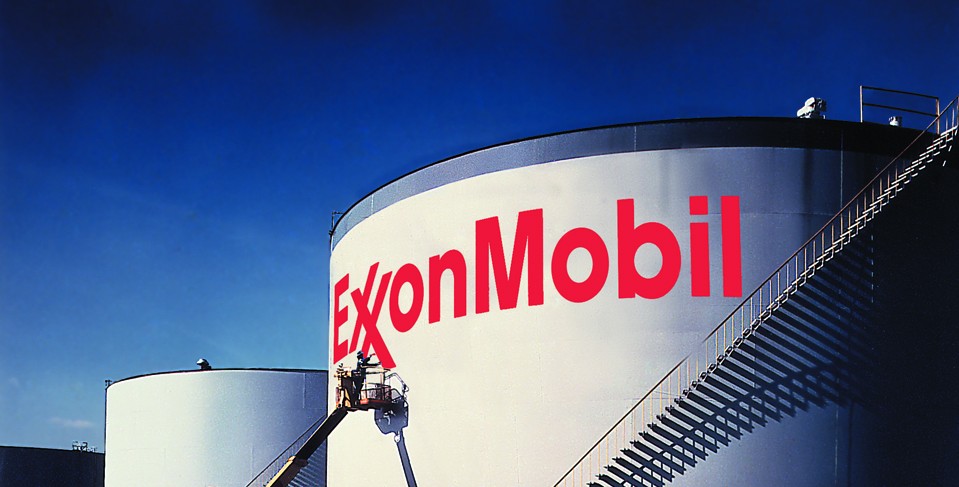- ExxonMobil Earns $7.8bn in 2016, Compared to $16.2bn in 2015
Exxon Mobil Corporation has announced estimated 2016 earnings of $7.8 billion, representing a 51 per cent decline from $16.2 billion in 2015.
The 2016 fourth quarter and full year results showed that the company made three important new discoveries in Guyana, Nigeria and Papua New Guinea to boost its portfolio in 2016.
While on an oil-equivalent basis, production of 4.1 million barrels per day was down slightly compared to 2015, liquids production of 2.4 million barrels per day increased 20,000 barrels per day.
The company attributed the increase to increased project volumes, mainly in Canada, Indonesia and Nigeria.
However, the production increase from Canada and Nigeria was partly offset by field decline, the impact from Canadian wildfires, and downtime notably in Nigeria, apparently due to the production disruption caused by rig accident in Nigeria’s Qua Iboe.
ExxonMobil is also growing its exploration portfolio, capturing 16 exploration blocks in 2016 with three additional awards to be finalised in 2017.
Cash flow from operations and asset sales was $26.4 billion, including proceeds associated with asset sales of $4.3 billion in 2016.
According to the company’s 2016 fourth quarter and full year results, capital and exploration expenditures were $19.3 billion, down 38 per cent from 2015.
The results showed that oil-equivalent production was down slightly at 4.1 million oil-equivalent barrels per day, with liquids up 0.9 percent and natural gas down 3.7 per cent.
Despite the fall in 2016 earnings, the corporation, however, distributed $12.5 billion in dividends to shareholders.
Fourth quarter 2016 earnings were $1.7 billion, including the impairment charge recorded during the period. Excluding the impairment charge, earnings of $3.7 billion were up from the $2.8 billion reported in the fourth quarter of 2015, due to higher liquids realisations partly offset by weaker refining margins.
ExxonMobil’s Chairman and Chief Executive Officer, Darren W. Woods said the company demonstrated solid operating performance in 2016.
“Financial results for the year were negatively impacted by the prolonged downturn in commodity prices and the impairment charge. The company’s continued focus on fundamentals and our ability to leverage an attractive global portfolio through our integrated business ensures we are well positioned to generate long-term shareholder value,” Woods said.
ExxonMobil said it completed five major upstream projects during the year in Australia, Kazakhstan and the US, adding 250,000 oil-equivalent barrels per day of working interest production capacity.
The company made three important new discoveries in Guyana, Nigeria and Papua New Guinea, and is growing its exploration portfolio, capturing 16 exploration blocks in 2016 with three additional awards to be finalized in 2017.

 Naira4 weeks ago
Naira4 weeks ago
 Naira4 weeks ago
Naira4 weeks ago
 Travel3 weeks ago
Travel3 weeks ago
 Naira3 weeks ago
Naira3 weeks ago
 Jobs4 weeks ago
Jobs4 weeks ago
 Naira3 weeks ago
Naira3 weeks ago
 Investment4 weeks ago
Investment4 weeks ago
 Travel4 weeks ago
Travel4 weeks ago




























